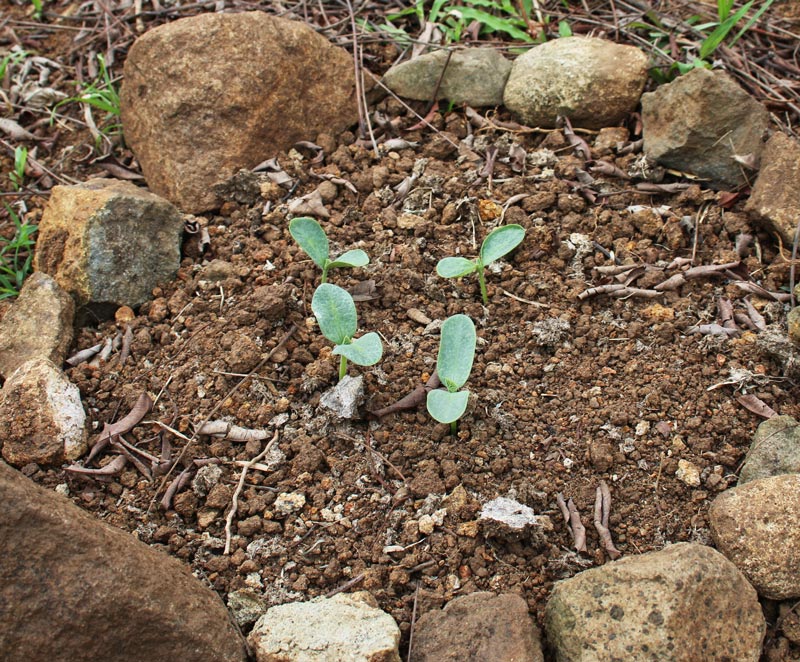I haven’t heard of “peace gardens” before, but it sounds like the melon pit method I describe in Compost Everything.
Etienne Louw comments on my Terra Preta video:
“Over here in Africa we do “peace gardens”. We dig a hole 3 feet deep and dump newspaper cardboard and veggie scraps in the hole and keep covering it with the removed soil as we go along until we have a small heap. We also till it over along the way to get it mixed up. After a bit of time (about a month) we plant on the heap, very productive.”

Veggies and cardboard. I bet that rots down nicely as well as brings in the worms.
I like to add meat, bones and ashes as well.
Often good ideas end up coming around again and again in different places. I got the melon pit idea from Gardening When it Counts, where Steve Solomon mentions hearing about how the Indians would fill up refuse pits and plant on them.
You can see me make one here:
It works. “Peace garden” sounds more pleasant, though.
If you bury a pet – or one of your enemies – you could also call it the “Rest in Peace” garden.


2 comments
Hi, I love your articles and videos, Thanks for sharing. I have a question aboutthe: Method 5 from your ebook START COMPOSTING. When you say :Bury “Waste” In Pits and Plant Over It and mention animal manure, do you mean fresh animal manure or cured ? I live in Brazil, a 9a sub-tropical zone, and I used wood saw as a deep laywer for my chicken bed. The coop is outside half coveered. Every 3 to 5 months I change it and would like to use it as a mulch cover on flower and garden beds. Do I need to cure it first? I used to have space to make a pile and leave the chicken to ick through it for 2 months, but I don’t anymore, thus my question. Thanks. :)
Hi Genevieve,
We buried it fresh, though I have buried aged manure as well. No need to cure if it’s a couple feet deep – the plants will just take what they like from it without getting burned.
Comments are closed.